They were married for 26 years. And once she passed, a part of him just broke, they said. He was never himself again.
One of India’s most cherished and beloved actors, Shashi Kapoor had charisma, an endearing personality and a charming smile that paved its way into millions of hearts for decades. Women wanted to be with him, men wanted to be him.
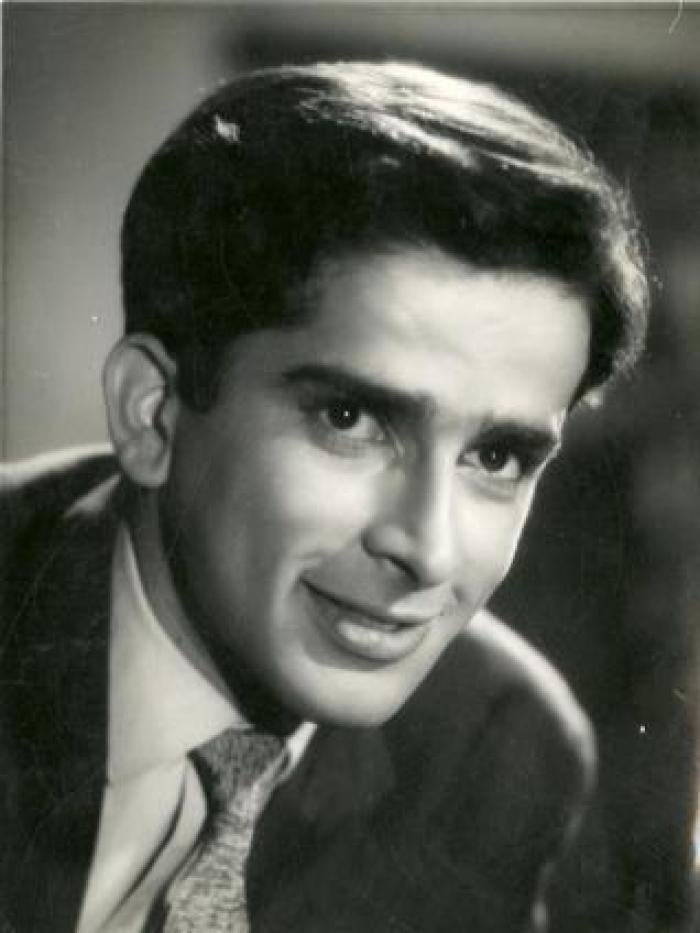
He was always every woman’s crush, a far cry from the ‘macho men’ of Bollywood, who with his dimpled smile and mischievous banter would make one believe in love.
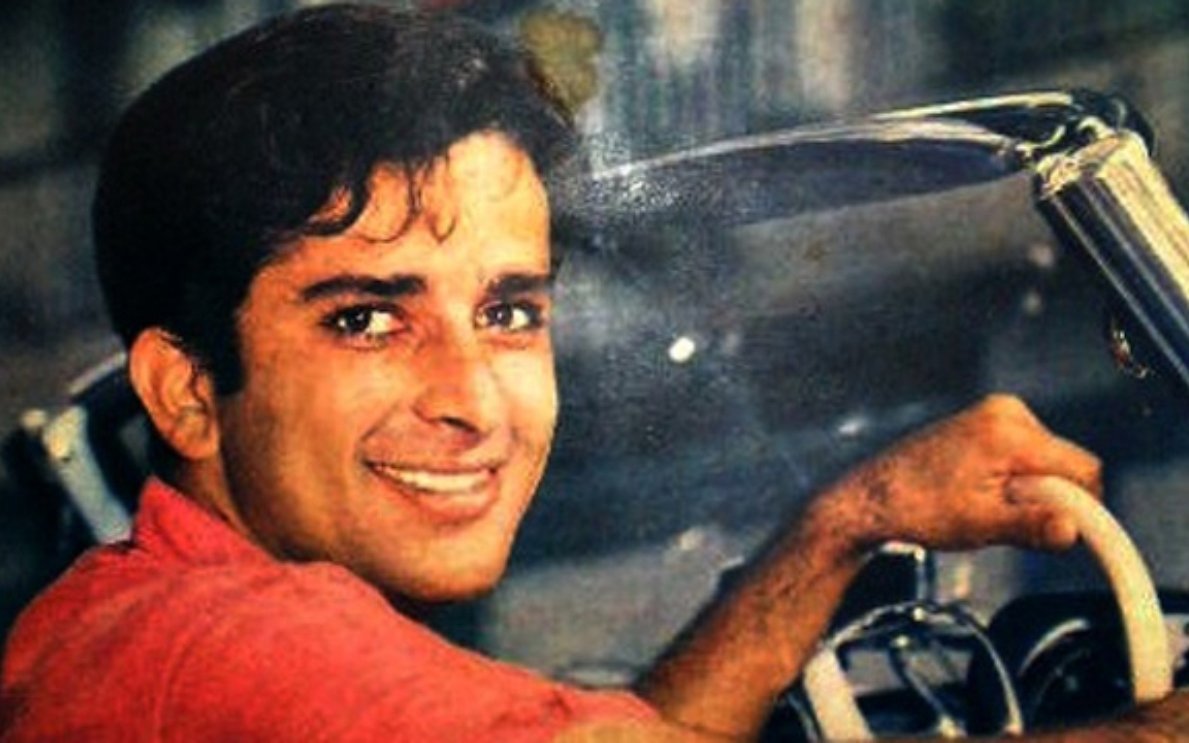
And that he did, not just with his characters on screen but the life he led off it. He was a romantic, not just in his films but in life.
Too much has been said and written about his life and yet so much remains a mystery. A little closer look shows a man who deeply loved his wife, so committed to his love for her, that he chose to spend the rest of his life, with her memories.
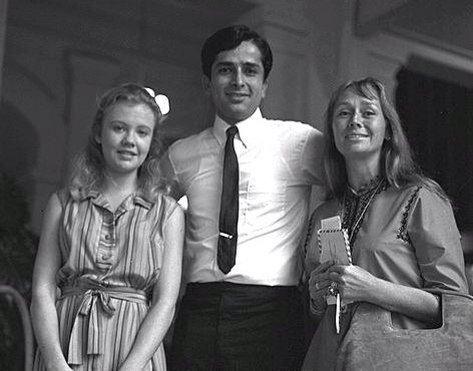
It was love at first sight. In her autobiography, White Cargo, Felicity Kendal, Jennifer’s sister writes,
Shashi was backstage and happened to look through the curtains; that’s when he caught a glimpse of Jennifer. There she was ‘dressed in a black and white polka-dotted summer dress with a halter neckline—daring—and she was pretty […] fanning herself with her programme. Shashi […] fell instantly in love.’
Like any filmy story, this one too was met with opposition. But after little resistance from Jennifer’s father, the couple got married in July 1958.
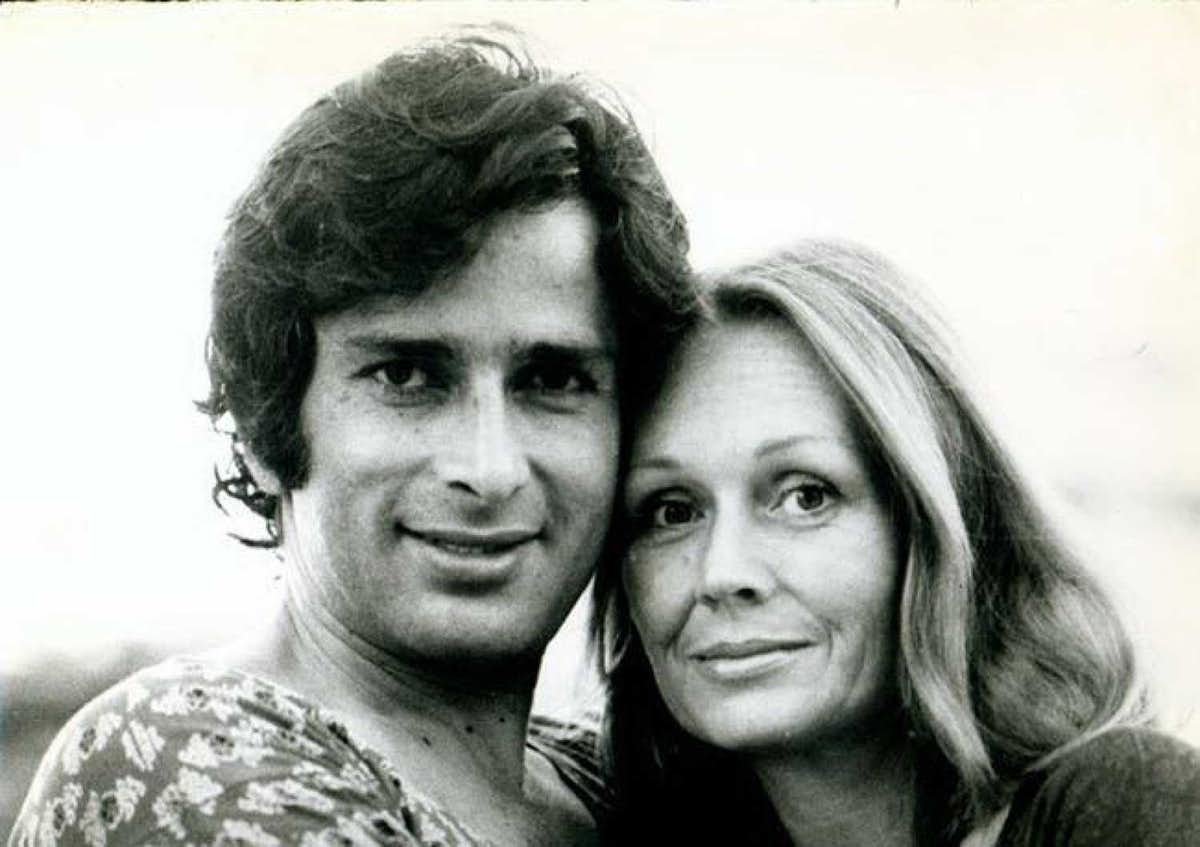
And thus began a beautiful partnership of equals. Together, with their love for theatre, both of them laid the foundation of Prithvi Theatre, as we know now. They even shared the silver screen in a few movies, including 1970’s Bombay Talkie, a Merchant Ivory production.
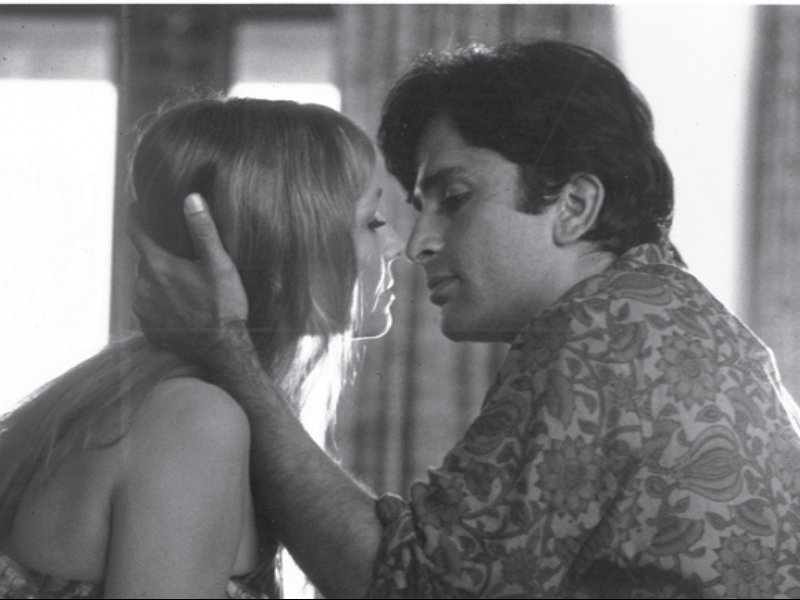
Shashi Kapoor belonged to an illustrious family of cinematic giants. His peers were constantly rumoured to be involved with their co-stars, but not Shashi. Several of his leading ladies, remember him as the perfect gentleman who loved his wife with all his heart.
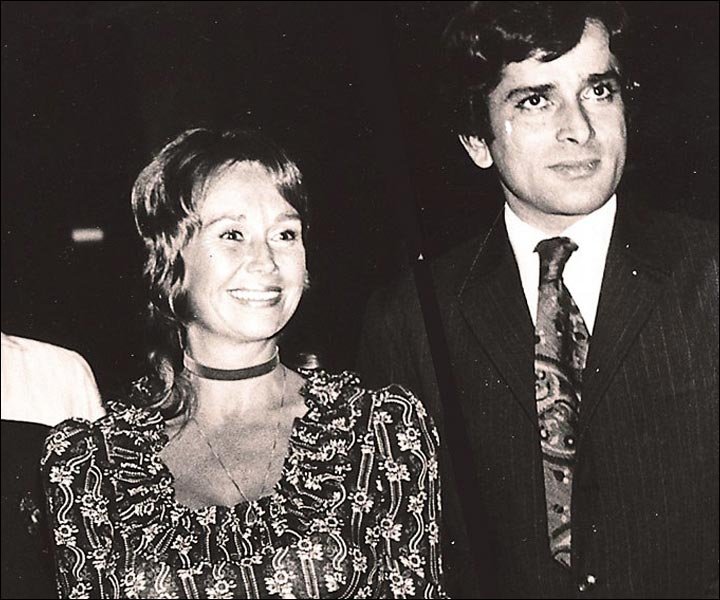
Jennifer’s love for him consumed him so much that once she passed on because of her colon cancer, Shashi was never himself. A part of him died with her. He was once quoted as saying,
“I sense her presence often. And the house and everything in it is just as it was when she was alive.”
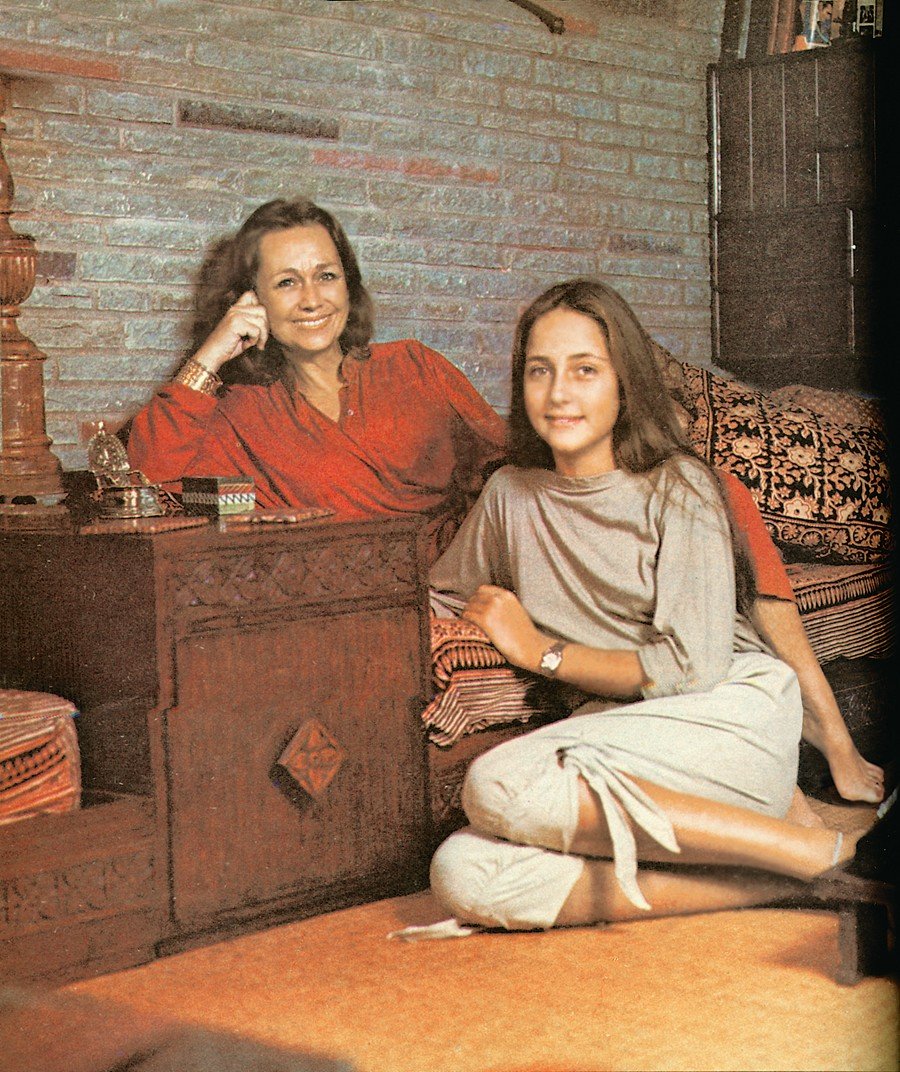
In the biography (Shashi Kapoor, the Householder, the Star), Chhabra writes,
Shashi Kapoor continued to work after Jennifer Kendal Kapoor’s passing, and some of his best work emerged during a time of loss. But something inside him did break. ‘I think the death of Jennifer was a big blow to him,’ Hanif Kureishi says, who worked with Shashi on Sammy and Rosie Get Laid9 two years after his wife’s demise. ‘It really destroyed him.’ Jennifer had been the love of Shashi’s life, his true anchor. With her death, he became rudderless. Simi Garewal tells me, ‘Jennifer occupied—or Shashi surrendered to her—a large part of his personality. And they merged. With Jennifer gone, Shashi struggled, but couldn’t find himself. That vast area of his personality that was Jennifer—now it lay empty. A void. I met him in London over dinner with Ismail Merchant and could see that he was floundering. He was different—not himself.
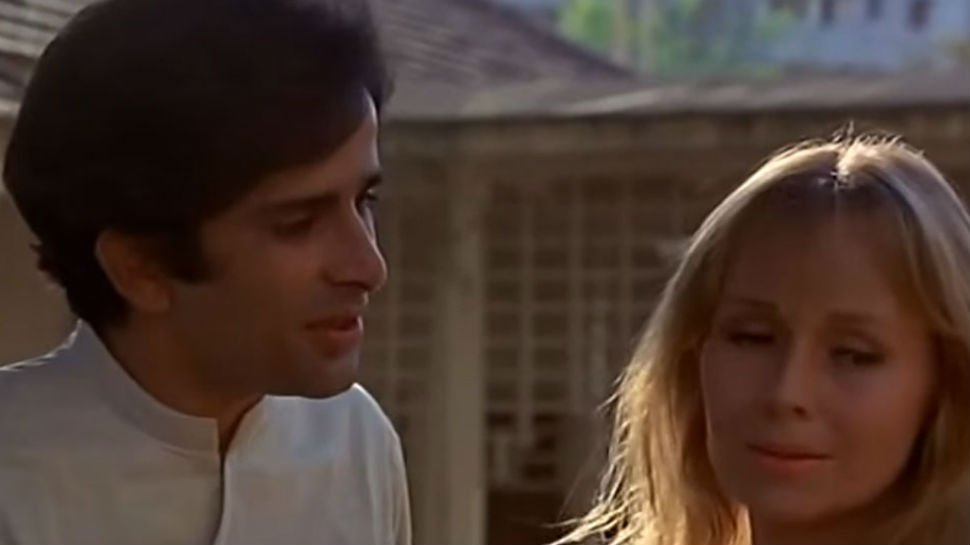
Jennifer, as is remembered in several news reports and Shashi Kapoor’s biography, was his anchor. She was the reason why he remained healthy for the longest time despite having the infamous ‘Kapoor genes’. Shashi took to drinking heavily, once she was gone. It was as if he had lost the will to live.
After Jennifer’s demise, Dev Benegal says that he met Kunal Kapoor at a memorial at Prithvi Theatre: ‘The family had just come back from Goa and Kunal said to me, “Dad took this boat out in the middle of the sea. When he got there, that was the first time he cried. Really, he wept.”’ Like Dev, I’m stunned by the rawness of that moment—of Shashi, alone in the vast open seas, sorrowing. ‘He was really shaken by her death.”
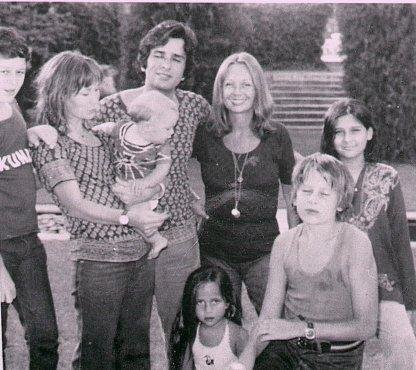
She had met the man she wanted to be with forever and he loved her till his last breath. The love that our generation may not understand but the love they took with them forever.
Excerpts reproduced with permission from Rupa Publications India.
















